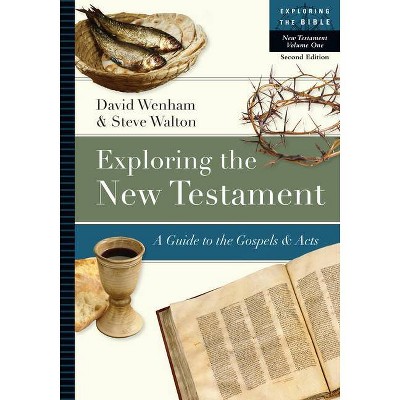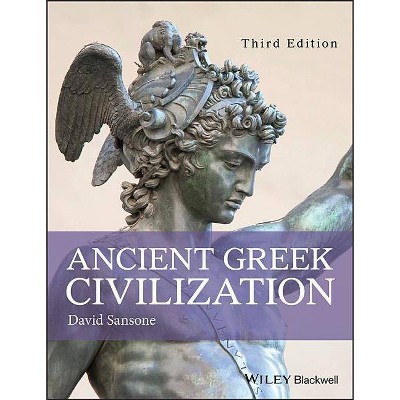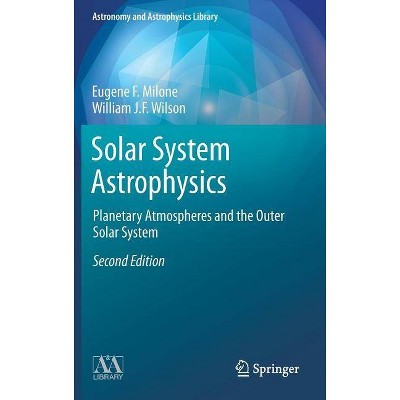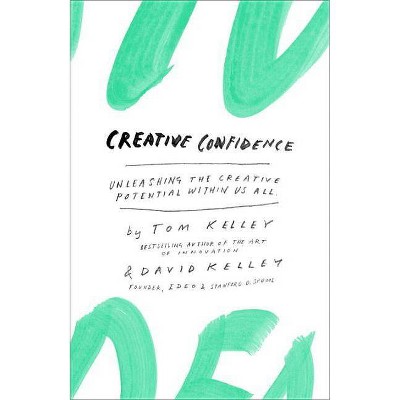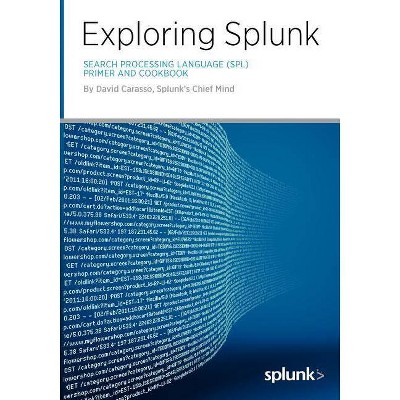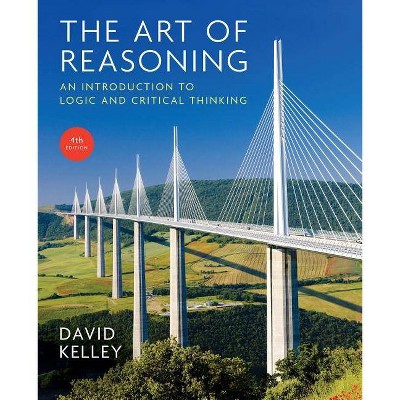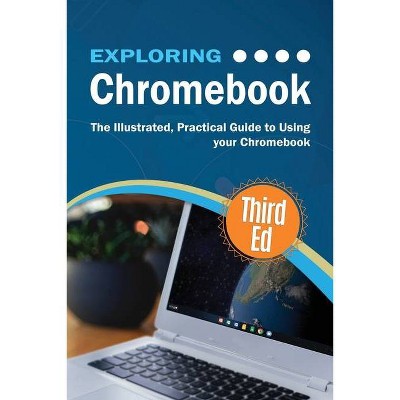Exploring Ancient Skies - 2nd Edition by David H Kelley & Eugene F Milone (Paperback)
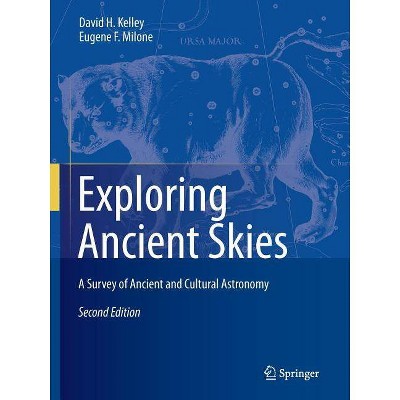
Similar Products
Products of same category from the store
AllProduct info
<p/><br></br><p><b> About the Book </b></p></br></br><p>Beginning with an overview of the field, this updated edition unites methods of archaeology and the insights of modern astronomy in an exploration of the science of astronomy as it was practiced in a number of cultures prior to the invention of the telescope.</p><p/><br></br><p><b> Book Synopsis </b></p></br></br>Foreword.- Preface.- Acknowledgements.- List of Illustrations.- Part I - Astronomical Background.- 1. Historical Perspectives.- 2. Principal Features of the Sky.- 3. Observational Methods and Problems.- 4. Time and the Calendar.- 5. Transient Phenomena.- Part II - Astronomy in Cultures.- 6. Paleolithic and Neolithic Cultures.- 7. Antecedents of the Western Tradition.- 8. African Cultures.- 9. Indo-Iranian Cultures.- 10. China, Korea, and Japan.- 11. Oceanic Cultures.- 12. Mesoamerica.- 13. America North of Mexico.- 14. South American Cultures.- 15. The Descent of the Gods and the Purposes of Ancient Astronomy.- Appendices.- A. Archaeoastronomy Tools.- B. Modern Star Charts.- C. Sample Exercises and Problems.- D. Mayan Calendar Progression: A Sample.- References and Bibliography.- Index.<p/><br></br><p><b> From the Back Cover </b></p></br></br>Exploring Ancient Skies brings together the methods of archaeology and the insights of modern astronomy to explore the science of astronomy as it was practiced in various cultures prior to the invention of the telescope. The book reviews an enormous and growing body of literature on the cultures of the ancient Mediterranean, the Far East, and the New World (particularly Mesoamerica), putting the ancient astronomical materials into their archaeological and cultural contexts. The authors begin with an overview of the field and proceed to essential aspects of naked-eye astronomy, followed by an examination of specific cultures. The book concludes by taking into account the purposes of ancient astronomy: astrology, navigation, calendar regulation, and (not least) the understanding of our place and role in the universe. Skies are recreated to display critical events as they would have appeared to ancient observers--events such as the supernova of 1054 A.D., the "lion horoscope," and the Star of Bethlehem. Exploring Ancient Skies provides a comprehensive overview of the relationships between astronomy and other areas of human investigation. It will be useful as a reference for scholars and as a text for students in both astronomy and archaeology, and will be of compelling interest to readers who seek a broad understanding of our collective intellectual history.<p/><br></br><p><b> Review Quotes </b></p></br></br><br><p>From the reviews: </p><p>"...An invaluable resource for any astronomical historian-hobbyist or professional....Their book is a blockbuster achievement that will be a great reference source for details, discussion, and argument for years to come." (Owen Gingerich, SKY AND TELESCOPE, August 2005)</p><p>"Exploring Ancient Skies aims to cover the entire spectrum of the subject - scientific, geographical, mythological and historical - and to underline many of the interpretive problems. It succeeds superbly. I will turn to it time and again, not only for reference but also for enjoyment." (David Hughes, THE TIMES HIGHER EDUCATION SUPPLEMENT, December 2, 2005)</p><p>"Exploring Ancient Skies aims to cover the entire spectrum of the subject - scientific, geographical, mythological and historical ... . It succeeds superbly. I will turn to it time and again, not only for reference but also for enjoyment. Students, scholars and researchers will benefit hugely ... . The book's scope is vast. ... It is profusely illustrated and much care has been taken with the production of the descriptive figures. There is also a 50-page reference section and a thorough index." (David Hughes, The Times Higher, December, 2005)</p><p>"David Kelly, a distinguished linguist ... and Eugene Milone, a widely traveled astronomer, both from the University of Calgary, have teamed up to produce their hefty and aptly titled Exploring Ancient Skies. ... lists some 3,000 bibliographical sources - a wealth of information that every astronomy teacher ... would love to have within arm's reach. ... Their book is a block-buster achievement that will be a great reference source for details, discussion, and argument for years to come." (Owen Gingerich, Sky & Telescope, August, 2005)</p><p>"Kelly (emer., archaeology, Univ. of Calgary) and Milone (Univ. of Calgary) review what is known of pre-telescopic astronomy and its place in cultures worldwide. ... This book is well served by many data tables, drawings, photographs ... references to the literature, and an annotated guide to archaeostronomy tools. Summing Up: Highly recommended. Upper-division undergraduates through professionals." (M. Dickinson, CHOICE, Vol. 42 (9), May, 2005)</p><p>From the reviews of the second edition: </p><p>"The book is based on an archaeoastronomy course at the University of Calgary, Canada, taught by the authors to a collection of astronomy, archaeology, and general second-year students. ... In Exploring Ancient Skies the students are encouraged to wander the early pre-telescopic world, and investigate the usefulness of astronomy to ancient cultures. ... This excellent introduction to the subject is profusely illustrated, and eminently readable." (David W. Hughes, The Observatory, Vol. 131 (1225), December, 2011)</p><br><p/><br></br><p><b> About the Author </b></p></br></br>David Humiston Kelley is a Canadian archaeologist and epigrapher, most noted for his work on the phonetic analysis and major contributions toward the decipherment of the writing system used by the Maya civilization of pre-Columbian Mesoamerica, the Maya script. Eugene Frank Milone received a bachelor's degree from Columbia University in 1961, and a Ph.D. in astronomy from Yale University. After teaching for several years at Gettysburg College he re-located in 1971 to the University of Calgary, where he served as Director of the Rothney Astrophysical Observatory. Milone has published many technical papers in various areas of astronomical research, particularly specializing in variable stars and photometry and archaeoastronomy, and has served on several professional committees.
Price History
Cheapest price in the interval: 149.99 on November 8, 2021
Most expensive price in the interval: 149.99 on December 20, 2021
Price Archive shows prices from various stores, lets you see history and find the cheapest. There is no actual sale on the website. For all support, inquiry and suggestion messagescommunication@pricearchive.us
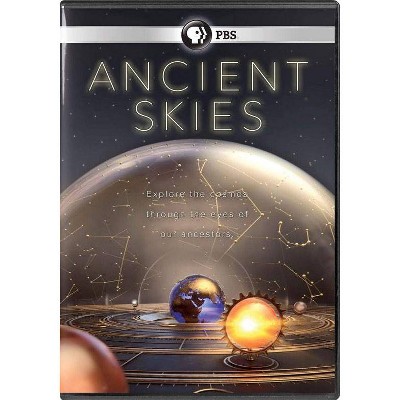
![Ancient Skies [DVD] [2019]](https://pisces.bbystatic.com/image2/BestBuy_US/images/products/3463/34637978_so.jpg)
